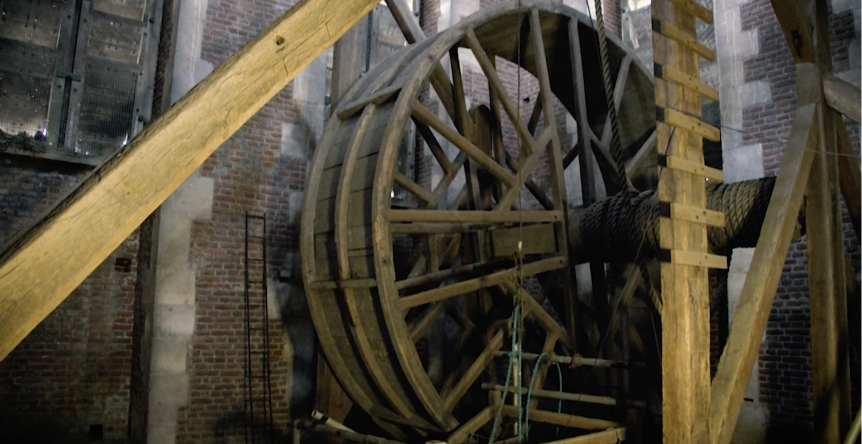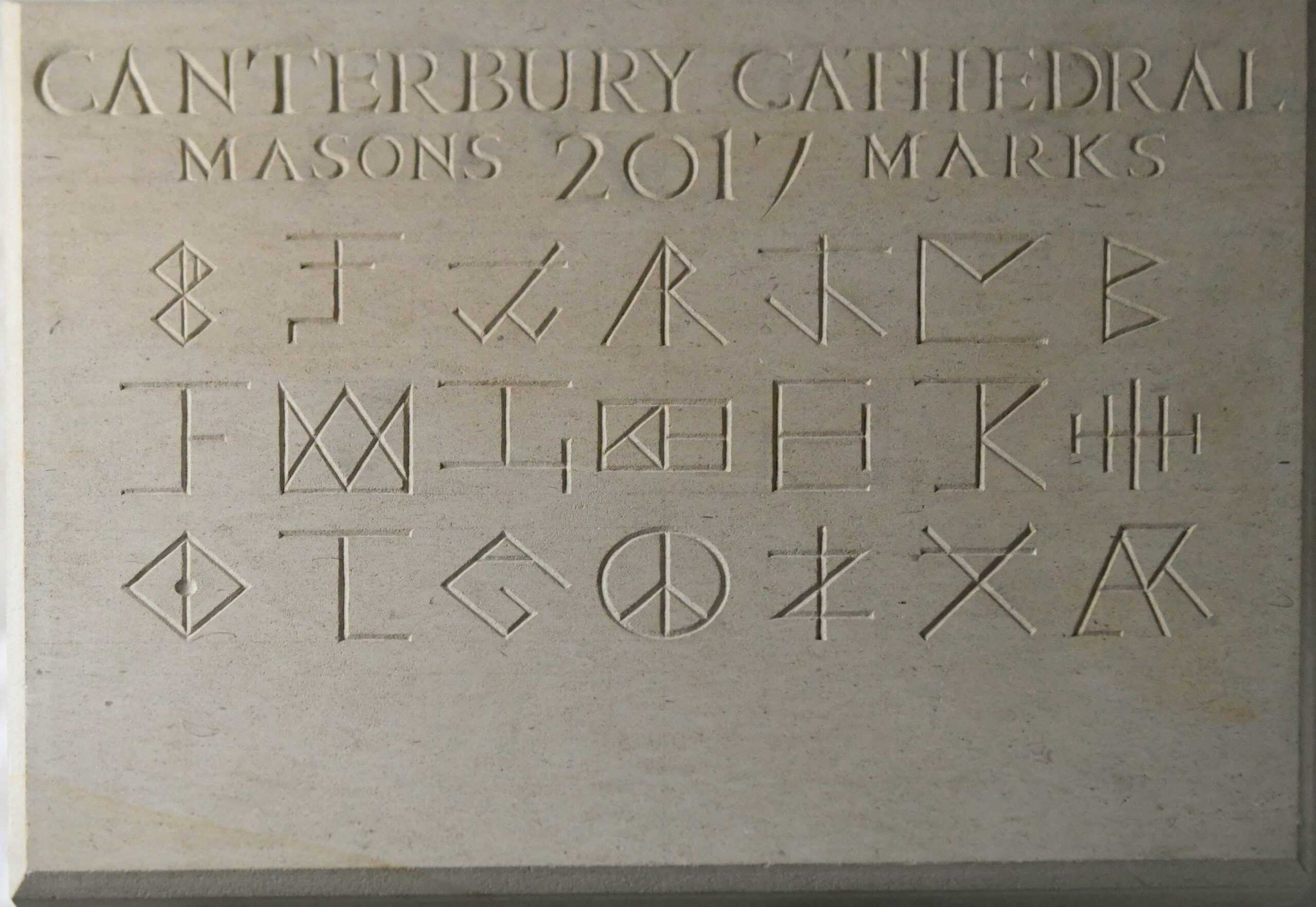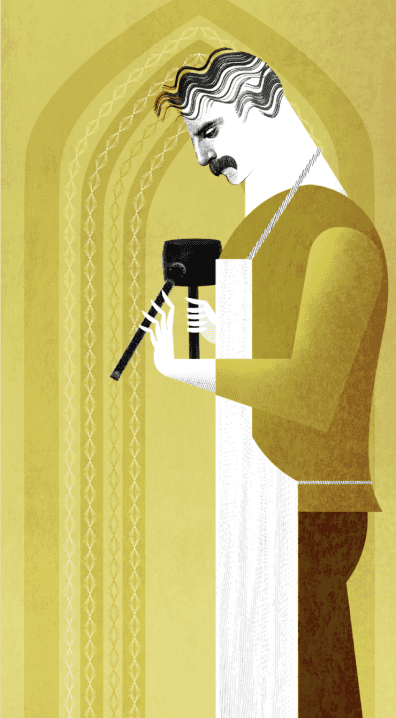How Did They Build That activity sheets
Click here to find a programme of curriculum linked classroom activities and resources to support the ‘How did they build that ’ resource.
Download activity sheetsWhen the building we see today was constructed, it was easier to quarry (cut from the ground) and bring stone by boat from France, than it was to travel across land on poor roads with cartloads of heavy stone.
In the medieval period building projects at the Cathedral were led by the master mason (a craftsperson who works with stone). He both designed the building and directed the construction work. The master mason appointed a master craftsman to each of the areas required for the project. These skilled craftspeople moved around the country working on different building projects and developing their craft. Some were paid by the day and others were paid by ‘piece’ of work completed. Stone cutters made a mark on every stone they cut so they could prove how much they should be paid. These ‘makers marks’ later grew more complicated as masons created more and more decorated stone interiors and gained the status of artists as well as craftspeople. The stone-masons at Canterbury Cathedral still use their own masons marks today.
Highly skilled, trained stone masons continue to work on the building today to conserve and repair the historic stonework.
Building projects in the medieval Cathedral followed a number of steps.

The Bell Harry Tower is the tallest part of the Cathedral building and was completed in 1498. High up in the tower there still remains the original treadwheel, used to lift the heavy stones, bricks and tools into place when the tower was built. The central shield and cross you can see when you look up into the tower from inside the Cathedral is a trap door and can be removed, leading to a space containing a ‘hamster wheel’ which is large enough for two men. Amazingly this medieval ‘crane’ was still used up until the 1970s when it failed to pass modern Health and Safety tests.
Click here to find a programme of curriculum linked classroom activities and resources to support the ‘How did they build that ’ resource.
Download activity sheets© Dean and Chapter of Canterbury Cathedral

